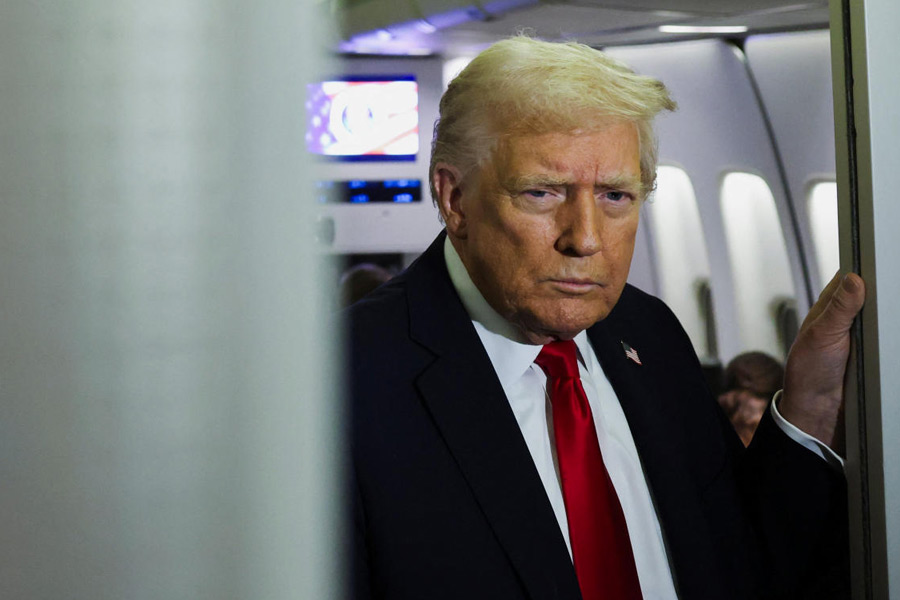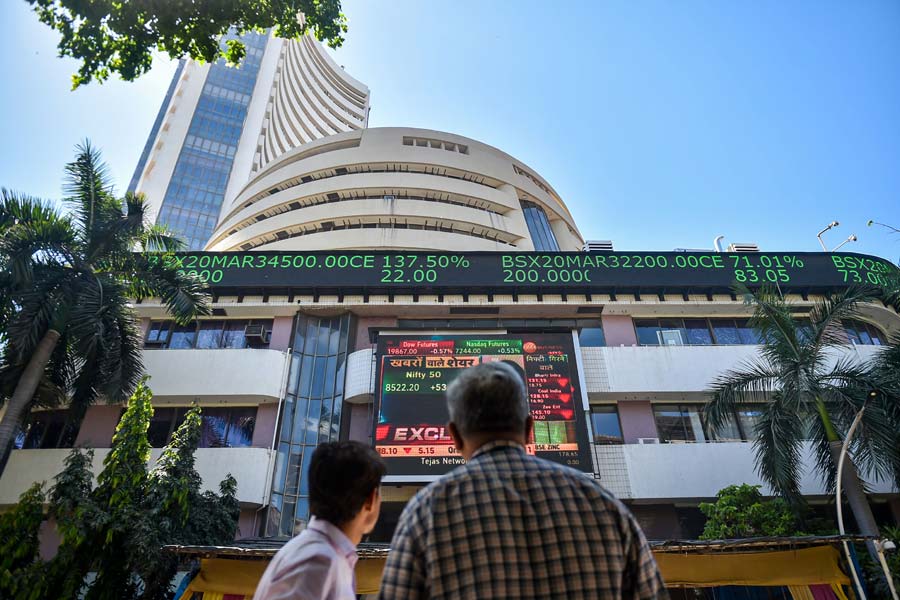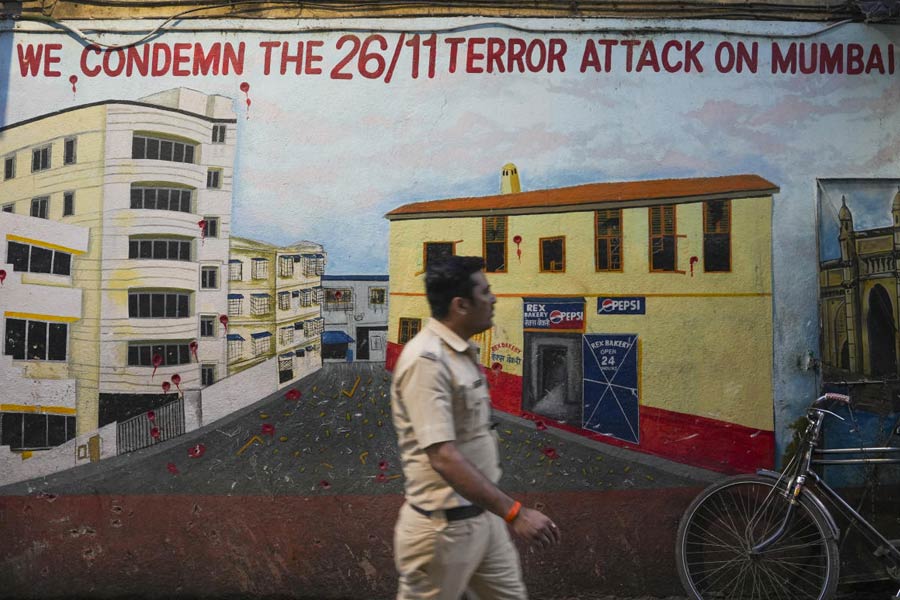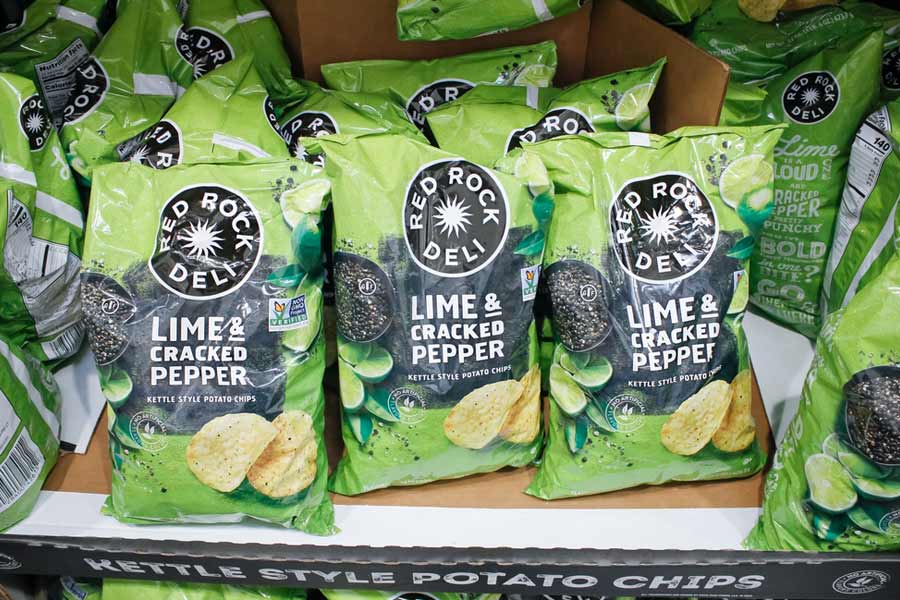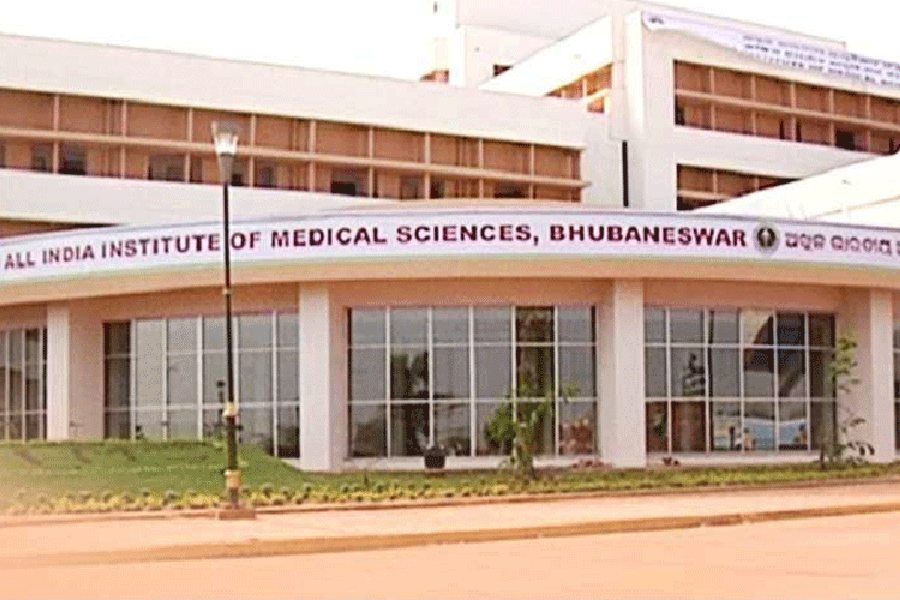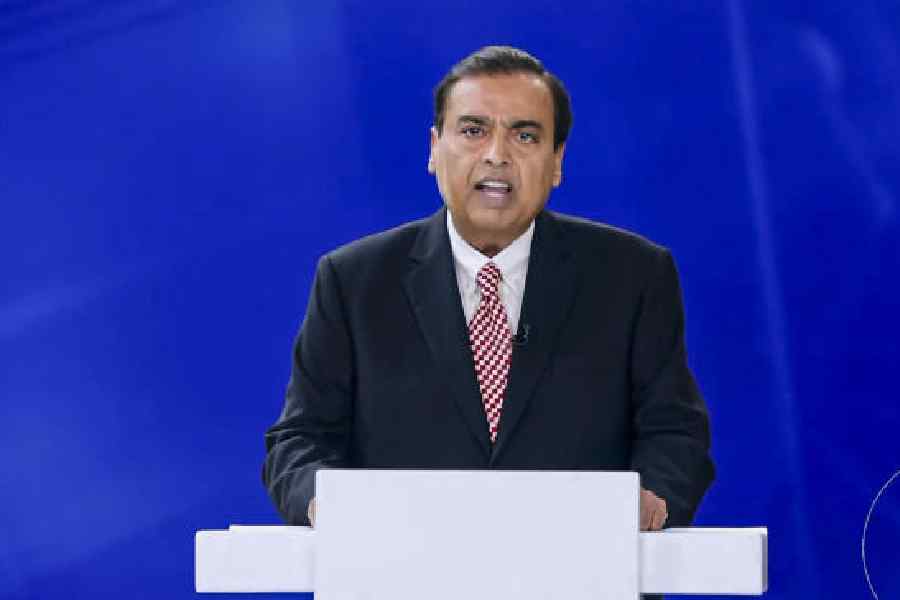The aftermath of elections in three states is as good a time as any to focus on the many shades of the media landscape in the Northeast. In a region that has seen as much conflict as Kashmir has over the decades, insurgency is now less of a factor for journalists to contend with. Journalists in Tripura, Manipur, Meghalaya and Nagaland all say that the violence from militant groups is less, that non-State actors have lost the support that they used to get from the citizenry, as also the refuge that neighbouring countries such as Bangladesh and Myanmar gave them. Militancy has also gone down because major groups such as Ulfa are engaged in peace talks.
Non-State actors demanding coverage of their press releases on Page One in states like Manipur and Nagaland is a thing of the past. They have two ways of marking their existence, said one editor — via violence and by their presence on the pages of newspapers, without which they would not exist. Citizens are increasingly standing up to the violence and, today, they take whatever news coverage their statements get.
Journalists and citizens are primarily up against the State actors in this region. Tripura leads in attacks and arrests, followed by Assam and Manipur. All three states have chief ministers from the Bharatiya Janata Party. The Rights & Risks Analysis Group and the Assembly of Journalists between them document the attacks on media outlets, journalists and social-media users. There were 15 attacks in Tripura, 5 in Assam, and 3 in Manipur in 2021. There are no updated total figures at this point.
Tripura has had a BJP chief minister in the last five years. The colourful remarks of the former chief minister, Biplab Deb, on all manner of subjects led to unflattering comments on social media which prompted several arrests. Media criticism of his handling of the Covid-19 pandemic also led to threats and attacks. There was a gag order on journalists; one journalist says that when he ignored the sensitivity to criticism, he was knocked out of the government WhatsApp groups. The Biplab Deb government would also try to track which officials talked to him. Under the current government led by Manik Saha, the attacks on journalists have come down.
The Left Front government of Manik Sarkar would block advertisements when the press incurred its displeasure. In 2017, when it was in power, there were two murders in Tripura. In November 2017, a crime reporter, Sudip Datta Bhowmik, was shot dead inside the office of the Tripura State Rifles 2nd battalion commandant. Both the commandant and his guard were arrested after it was reported that the guard had opened fire and killed Bhowmik following an altercation with him. In July 2018, three leaders and over 300 supporters of the Indigenous People’s Front of Tripura were booked for the murder of the journalist, Santanu Bhowmik, who was killed while covering a tribal agitation the previous year.
Manipur has been setting its own record. It used the sedition law to curb online criticism of its handling of Covid in 2020. Thirteen cases were filed in just one month. Subsequently, in 2021, a journalist held for a Facebook post was released after a high court order. An editor there says that the BJP is more restrictive than the earlier Congress government was. It is hypersensitive about criticism. Nobody reportedly can publish books in Manipur without clearance by a screening committee. A public interest litigation has been filed on this issue.
Yet, the State also patronises the press. The attacks and court cases are one part of the story; the other is the ritual observing of National Press Day across these states in November each year where awards are given, pension schemes announced, and pious speeches made. There is a best editor award, for instance, in Manipur for national integration and communal harmony. There are pension plans for journalists in Arunachal Pradesh, Manipur and Meghalaya.
At one such event, the chief minister of Manipur, N. Biren Singh, told the journalists in effect that the state government would always uphold the freedom of expression and would never curtail press freedom. However, one should also ensure that the freedom of expression “does not violate morality and decency,” he observed. He professed “deep respect” for media persons.
Journalists in the Northeast have learnt to live with constraints and have few illusions about the role the media can play in these states. With few industries in most of these states barring Assam, you survive on government advertising. “State actors can close the tap,” says one editor in Manipur. “You need ads to survive,” says another in Meghalaya. She adds, “There is massive state corruption, and in a small state it is upfront. You report on it at your peril.”
Assam is cited as the state whose chief minister has mastered the art of media control. Himanta Biswa Sarma’s government uses a carrotand-stick approach: it uses advertising to create the media’s dependence on it. Last week, PTI reported that with about Rs 131 crore in two years, Sarma’s government had crossed the amount spent on media advertising by the former chief minister, Sarbananda Sonowal, in five years. Conversely, if you fall foul of the State, government companies will not advertise in your media. And as for the stick, after 2016, when the BJP came to power in the state, Assam saw a spurt in sedition cases. The accused were largely political dissidents and citizens protesting against the Citizenship (Amendment) Act. Most of the accused suffered prolonged detention, legal harassment and violation of prisoner rights. Journalists, too, have been harassed and have had cases slapped on them for their reporting.
Monalisa Changkija, the editor of the Nagaland Page, dwells on a third player in the public sphere — the impact of tribalism upon the freedom to report. When there is an allegation of corruption to counter, people from the clan get involved. If somebody issues a press release, the person who issued it is put under pressure and withdraws it. And when it is withdrawn, there is no question of the publication investigating the allegations. She says the need to bear in mind the sensitivities of tribal societies cuts across State and non-State sectors. The dynamics of each tribe is different. Societal responses differ from district to district, because there are different tribes in each of these to contend with. “When you belong to a tribal society you have to make space for all voices and all sentiments, because people have varying degrees of education and exposure.”
Sevanti Ninan is a media commentator and was the founder-editor of TheHoot.org





